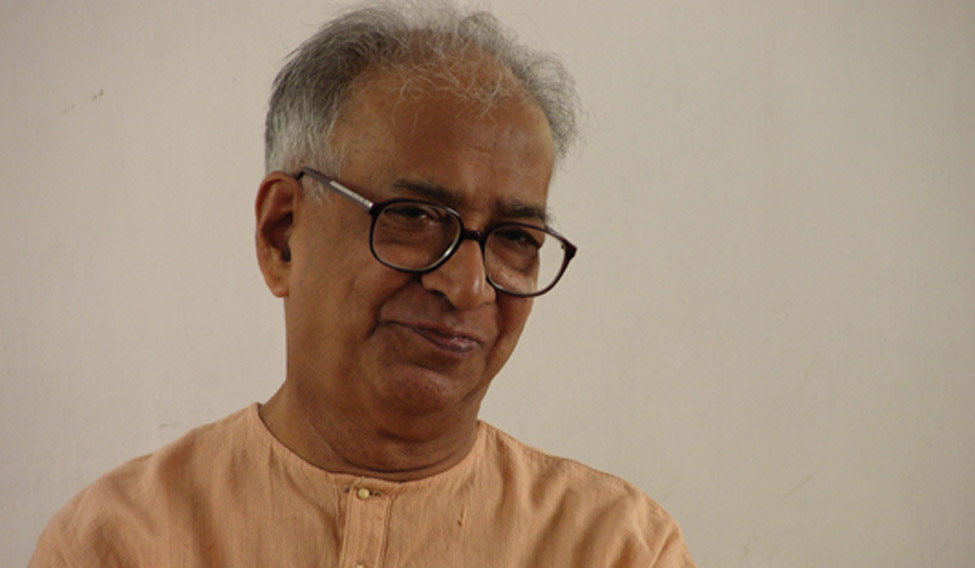While walking to Vulture's Peak on Gridhakuta hill, legendary artist Nandalal Bose asked K.G. Subramanyan: “Does it not excite you that you are walking the same ground that the Buddha walked upon a long time ago?” Legend has it that the enlightened Buddha gave discourses to his disciples here in Rajgir, Bihar. Subramanyan told Bose that he was excited, of course. Bose and his students were on a field trip from Santiniketan.
Subramanyan would later say that his attraction to Santiniketan was on similar lines: “To walk on the same ground that Rabindranath, that multi-faceted creative man, walked at one time.” In time, Subramanyan would chart new artistic paths and walk them confidently. And, many artists happily, proudly walk those paths today.
Subramanyan, 92, died on Wednesday at Vadodra, Gujarat. He was recovering from a surgery. Among colleagues and in the art fraternity, he was popularly known as KGS or Mani da.
Many an obituarist is struggling to slot Subramanyan, so am I. Painter. Sculptor. Muralist. Weaver. Art historian. Theoretician. Writer and illustrator of fables for children. Glass-painter. Toy-maker. And, that's not the half of it.
Born on the day after Valentine's Day 1924 in Kuthuparamba in north Kerala, Subramanyan studied in neighbouring Mahe, one of the four districts of the Union Territory of Pondicherry. He then joined a BA (Honours) programme in economics at Presidency College, Chennai (then Madras). For participating in the civil disobedience movement of 1942, Subramanyan was jailed and debarred from government colleges.
Fortunately for him and Indian art, the winds took him to Kala Bhavan at Visva Bharati in Santiniketan in 1944. He studied there till 1948, under the likes of Bose, Benode Behari Mukherjee and Ramkinkar Baij. In 1951, he joined the Faculty of Fine Arts in Baroda as a lecturer of painting. In 1980, he retired as dean of the faculty and moved to Santiniketan to teach painting. In 1989, he was appointed professor emeritus at Kala Bhavan, Visva Bharati.
He was British Council Fellow at the Slade School of Art, London (1955-1956), J.D. Rockefeller III Fellow in New York (1966-1967) and Christensen Fellow at St. Catherine's College, Oxford (1987-1988). He was awarded the Padma Vibhushan, India's second highest civilian honour, in 2012.
A lifelong teacher, he remained forward-looking. In 2014, the Kochi Biennale Foundation had organised an exhibition to mark his 90th birthday. At the event, Subramanyan made a strong case for futuristic curriculum. “Education should not be focused on something in the past or that has gone by,” he said. “It must be based on situations that are yet to come, probably in the next 10 years.”
It is a tribute to his genius that he left academia in between and joined the All India Handloom Board as deputy director (design) from 1959 to 1961. He continued to be its design consultant till 1966.
In a 1976 letter to the president of the World Crafts Council, Subramanyan spelt out his vision for the council: “...to discover authentic pockets of craft practice all over the world, to study their structure, to document products and expertise, to bring together craftsmen from different parts of the world into a kind of fraternity, to help in the training of a new generation of craftsmen (and) to elucidate the necessity of craft practice in an industrialised society.”
That statement alone should testify that Subramanyan was more, much more, than a painter and teacher of painting. And, that he had more, much more, on his mind than reserve prices and playing to the galleries.






